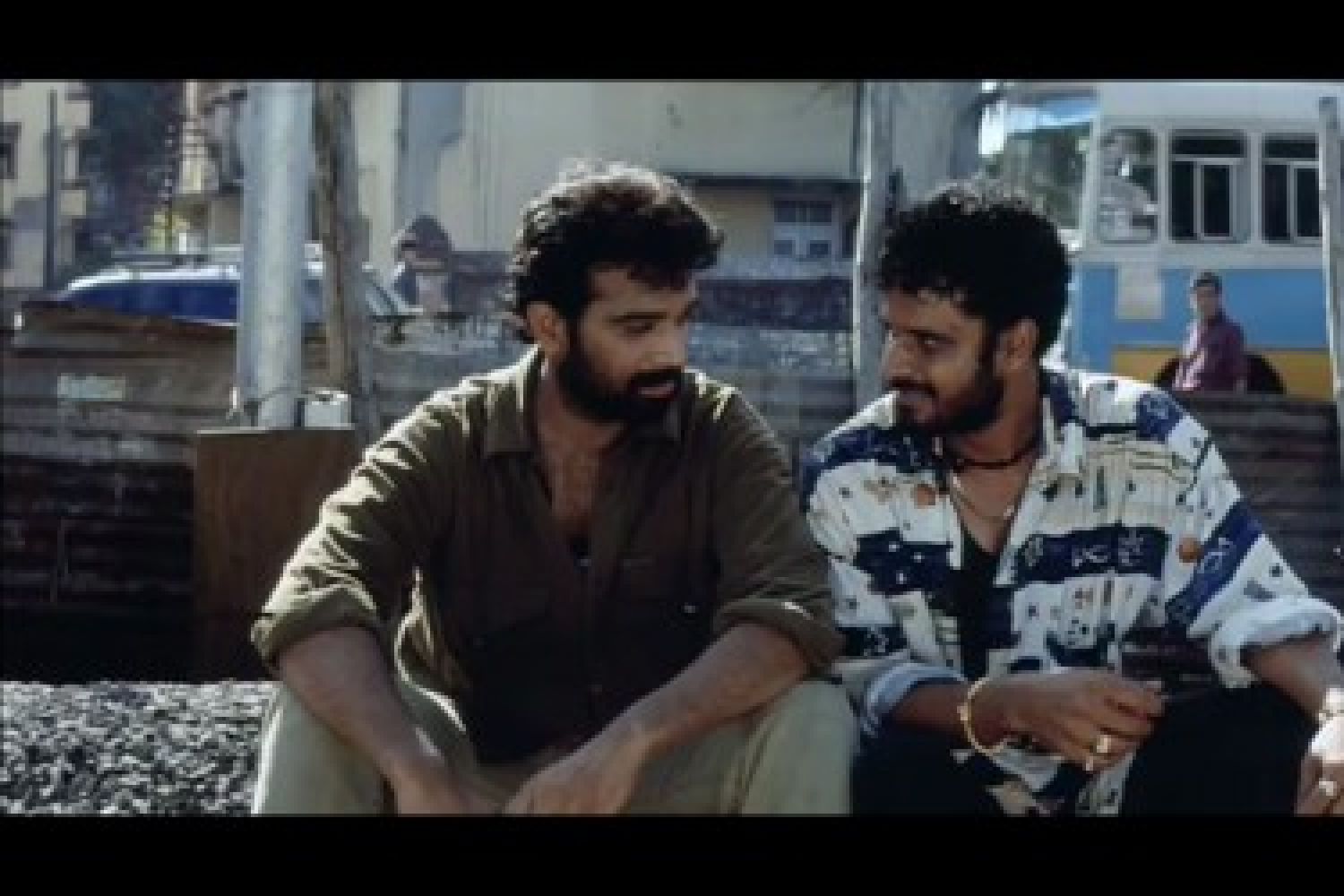
At the beginning
of Gangs of Wasseypur 1, Shahid Khan (played by Jaideep Ahlawat)
beats a muscleman to death in a coal-mine, blaming him for the death of his
wife. The muscleman had kept Shahid’s friend waiting when he’d come with news
that Shahid’s wife was facing complications during childbirth. Eventually,
Shahid makes it home, but his wife is dead, leaving behind a child who
eventually grows up to be Sardar Khan (Manoj Bajpai). In the fight sequence
that follows, where Shahi





